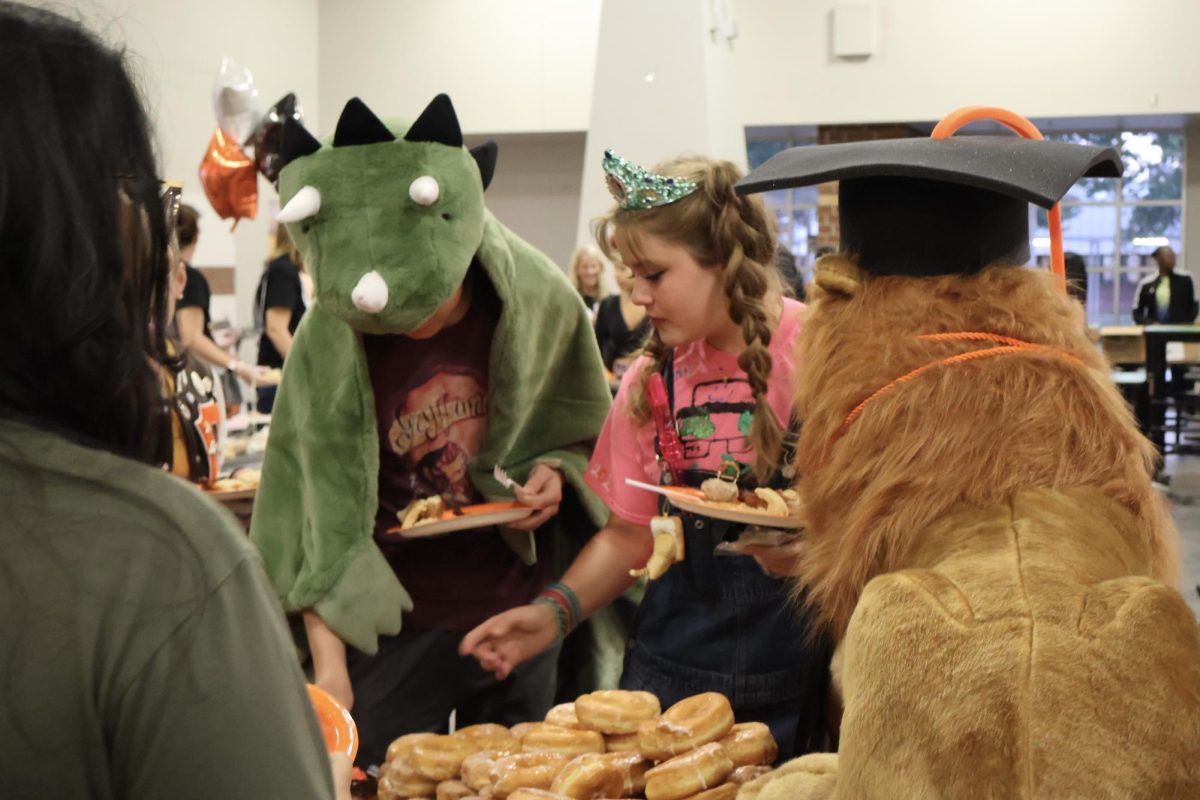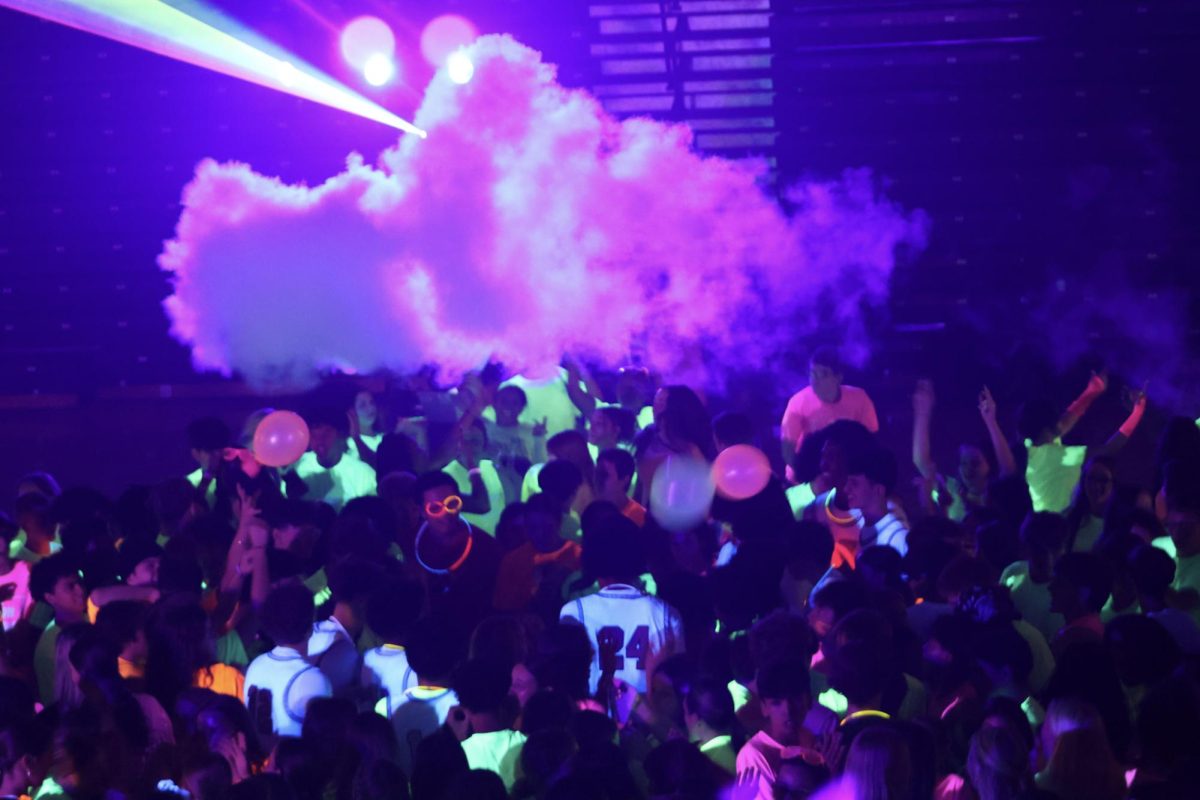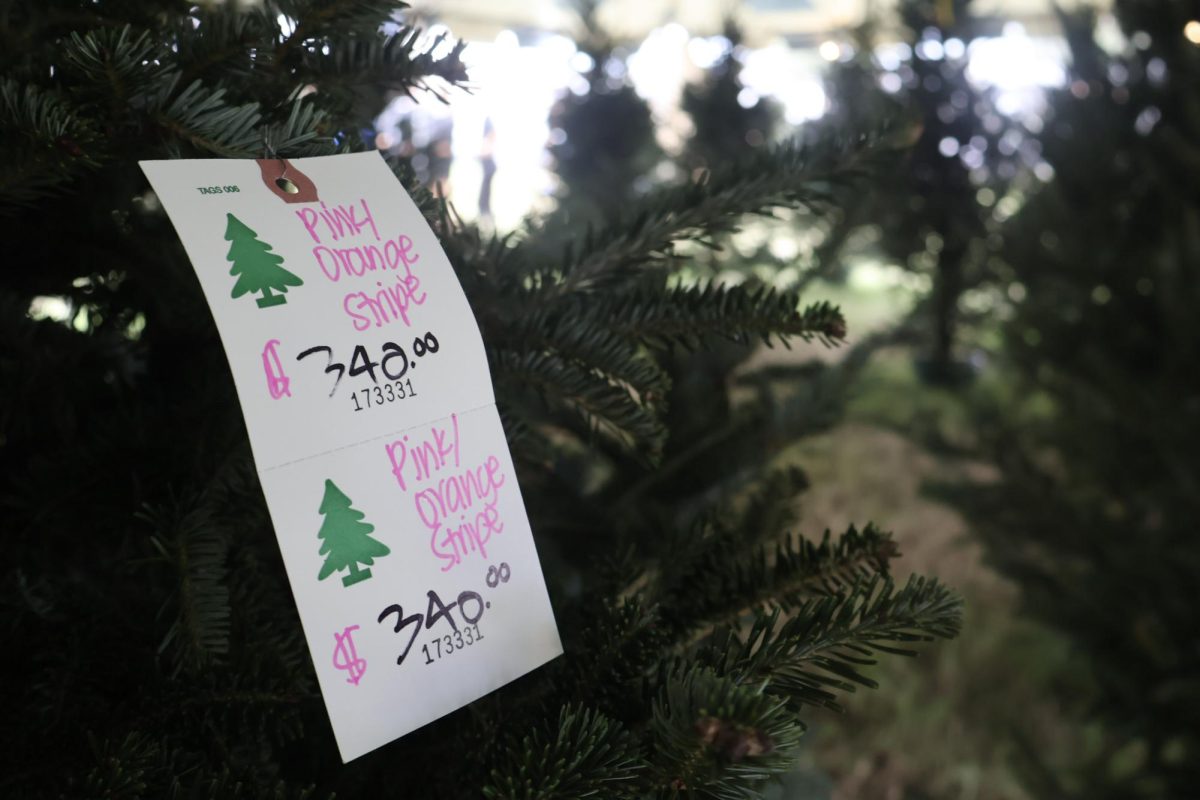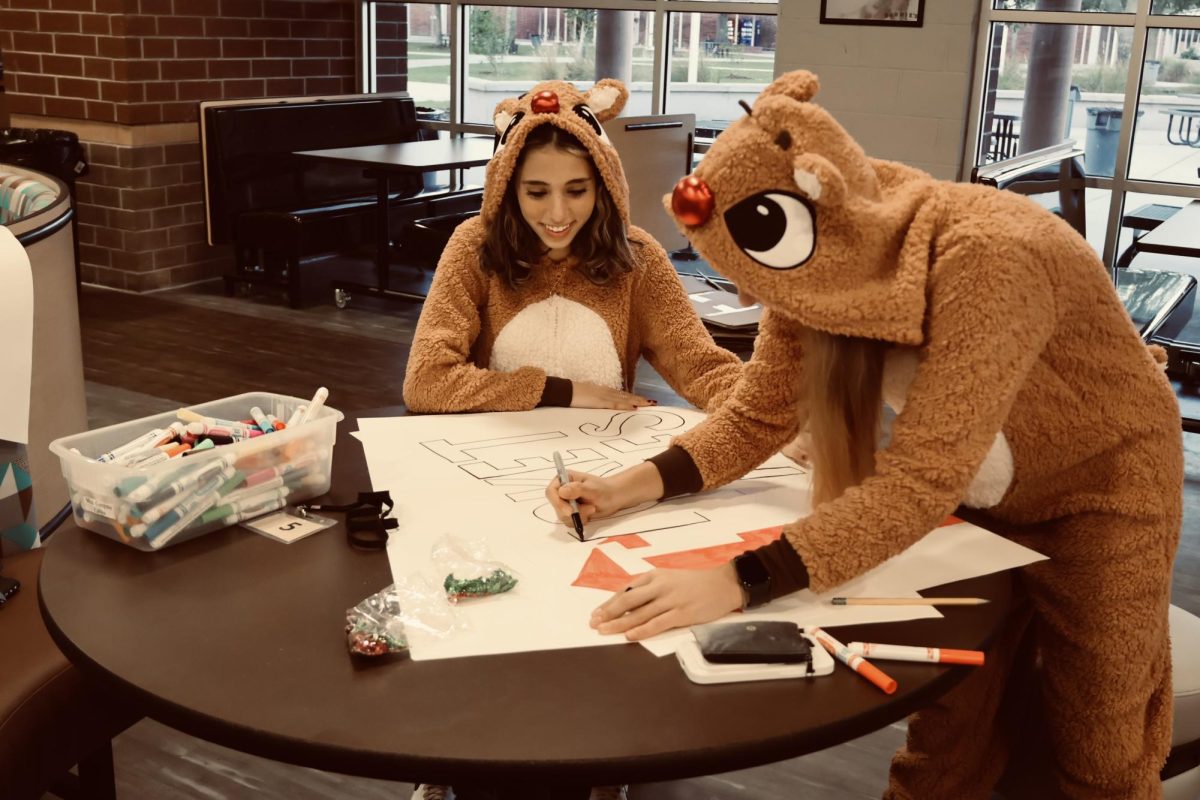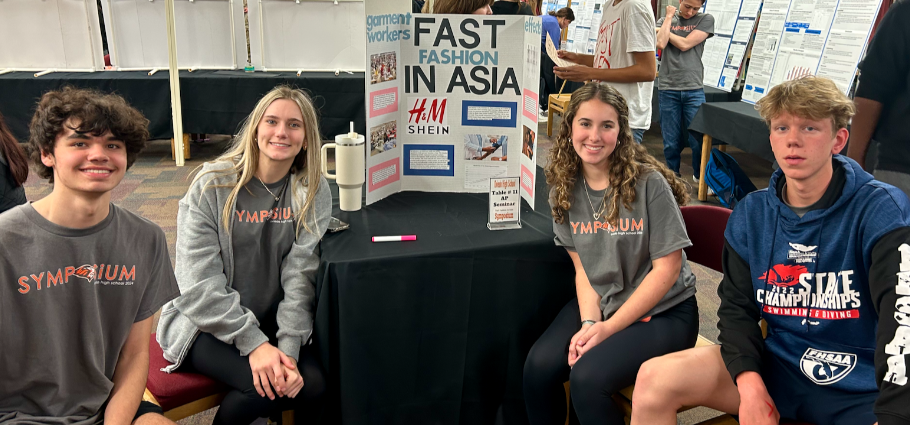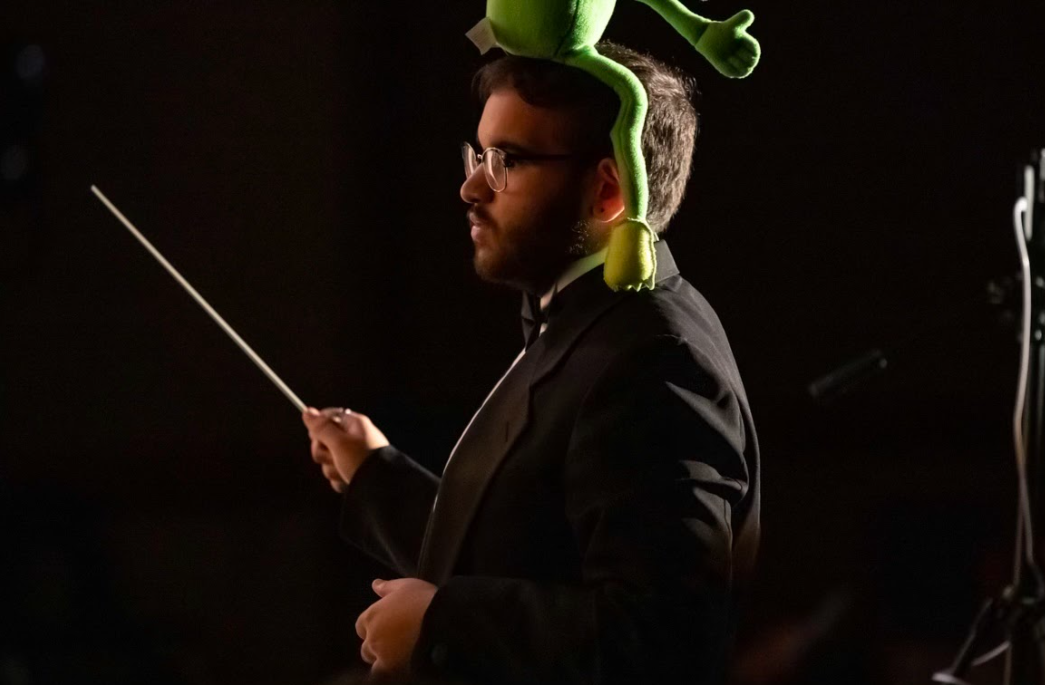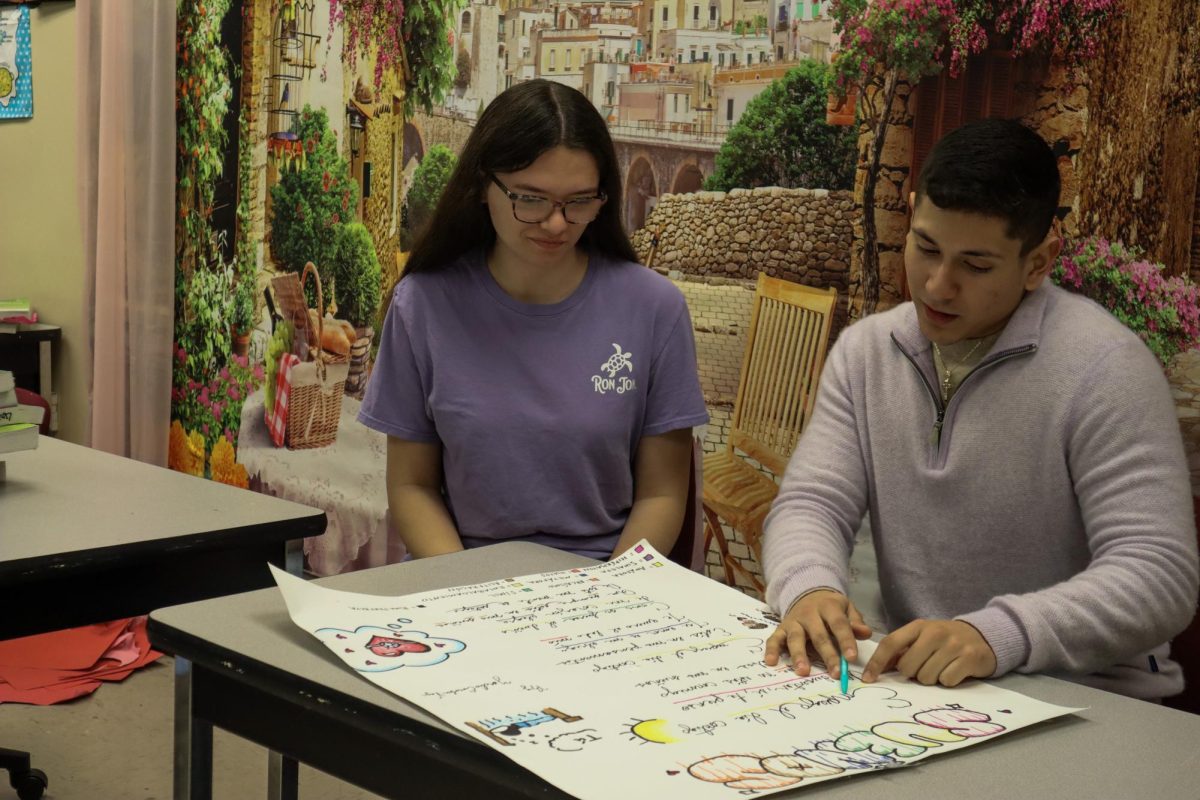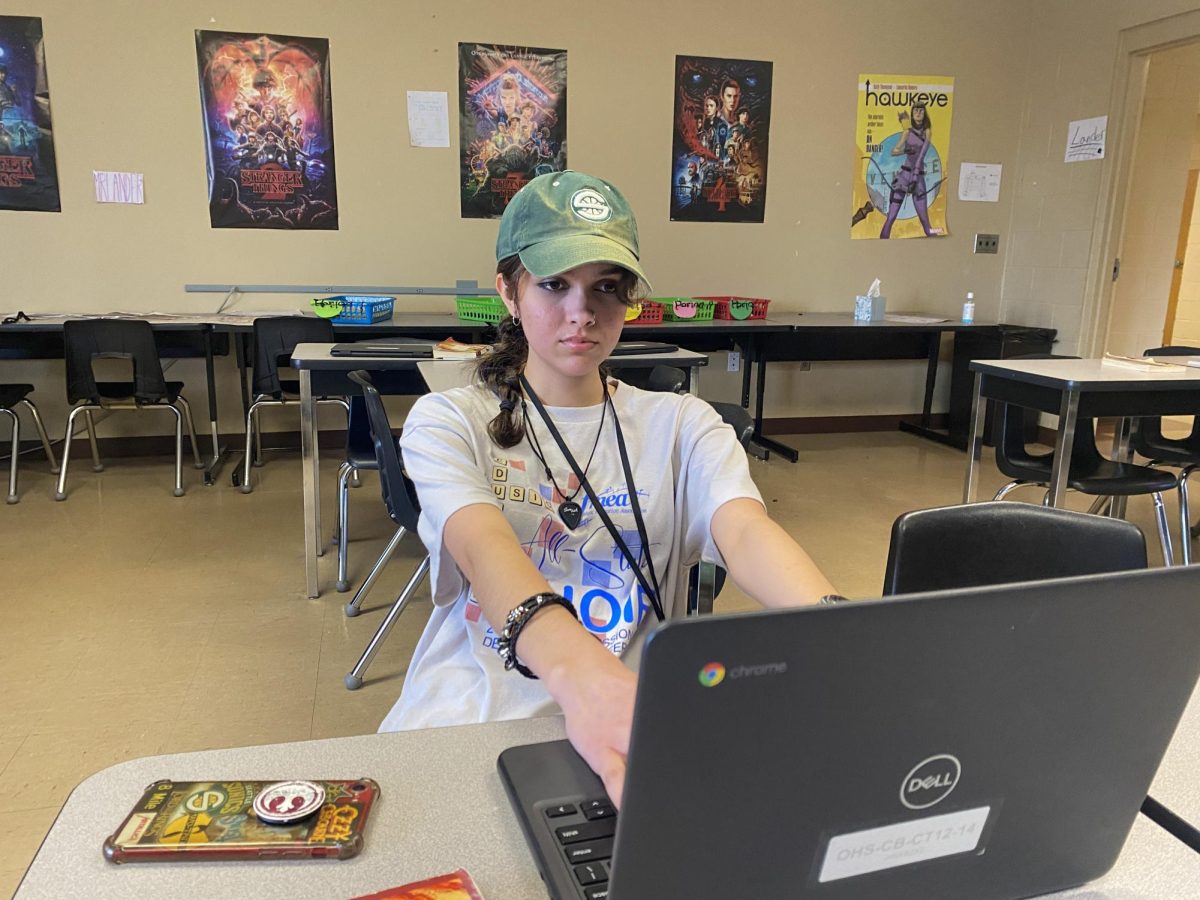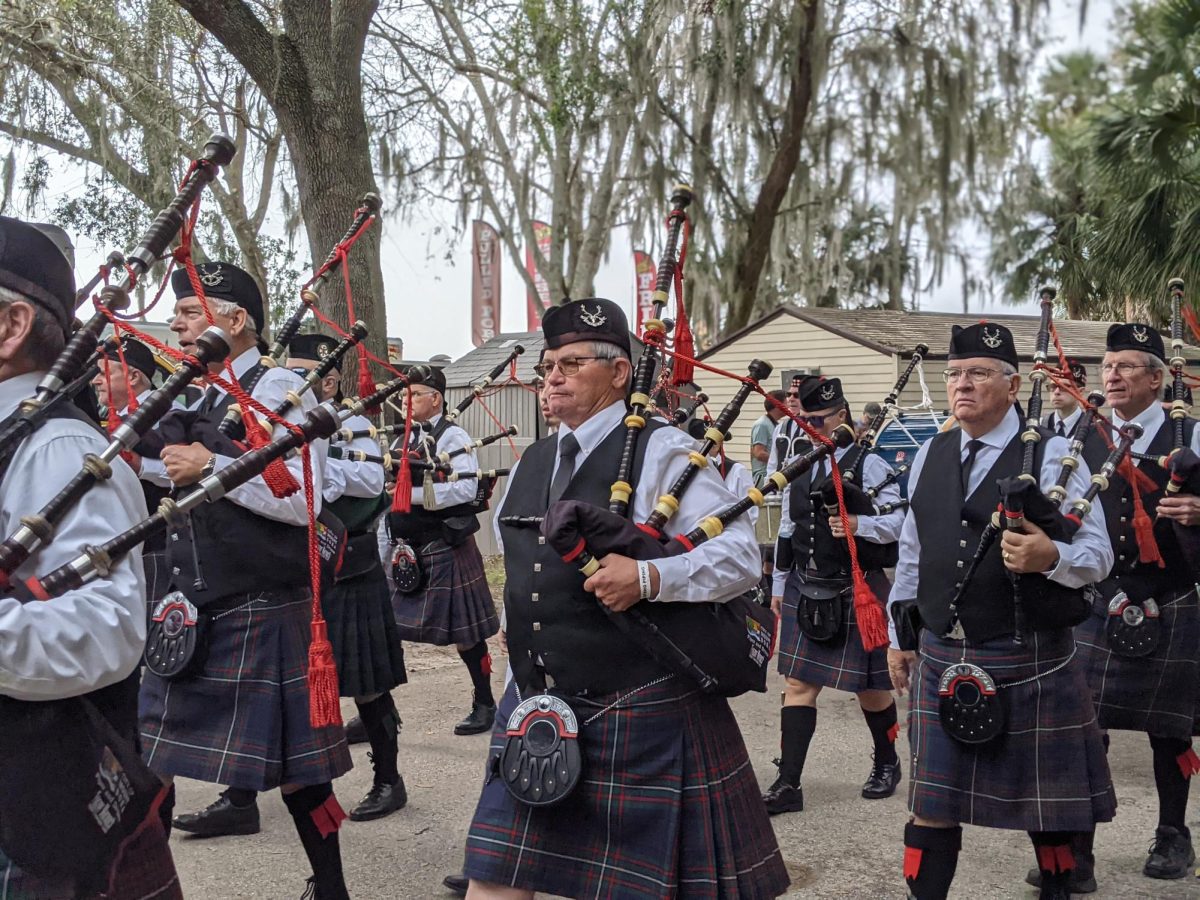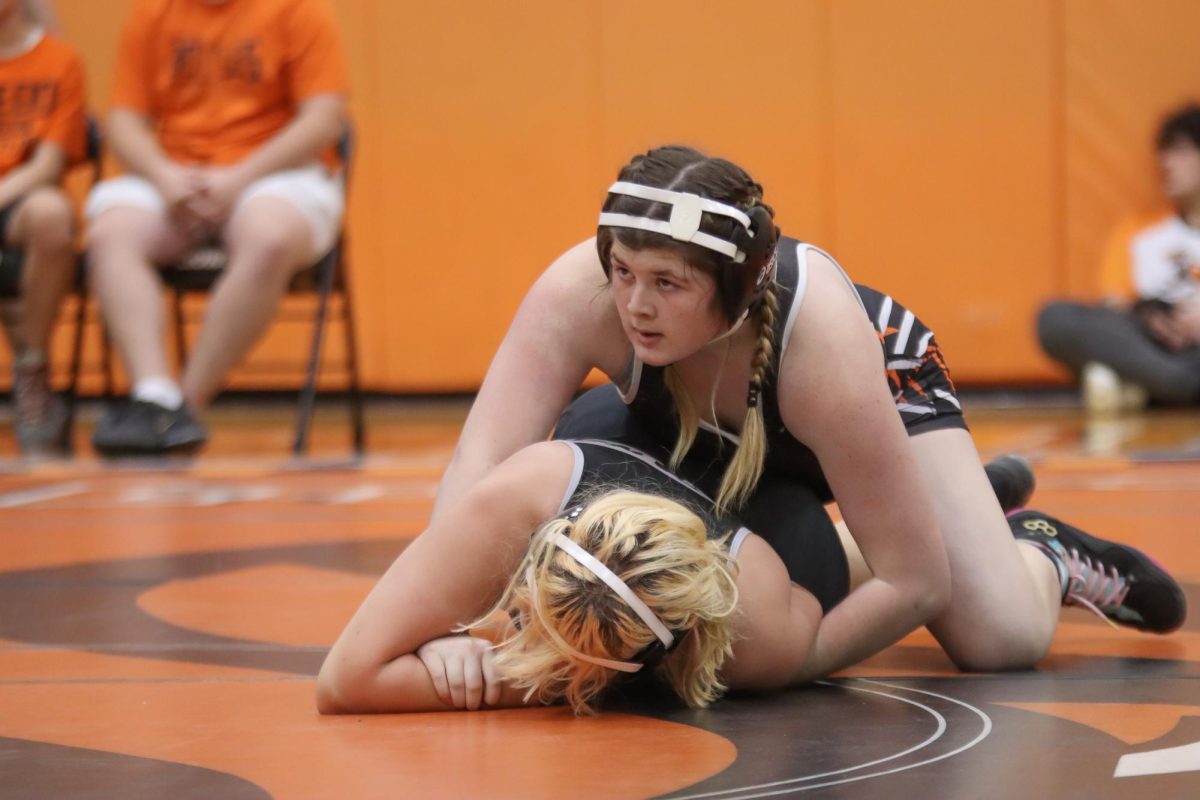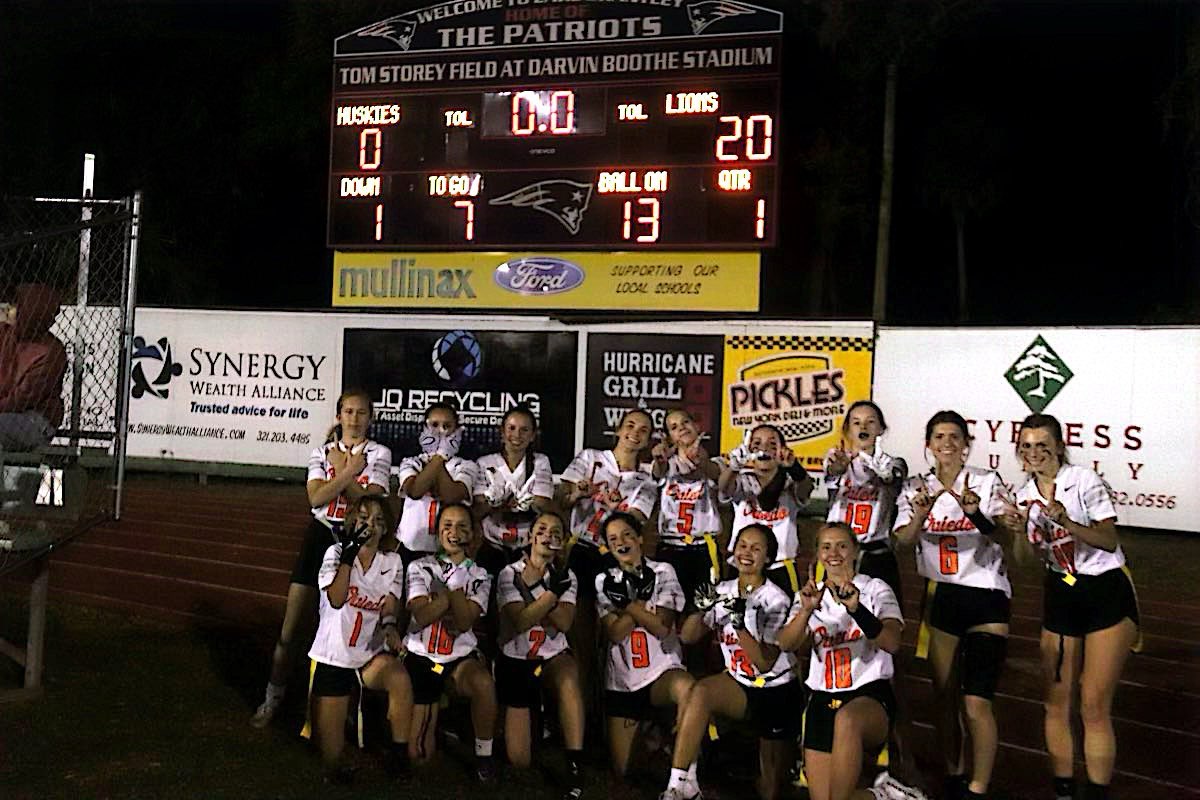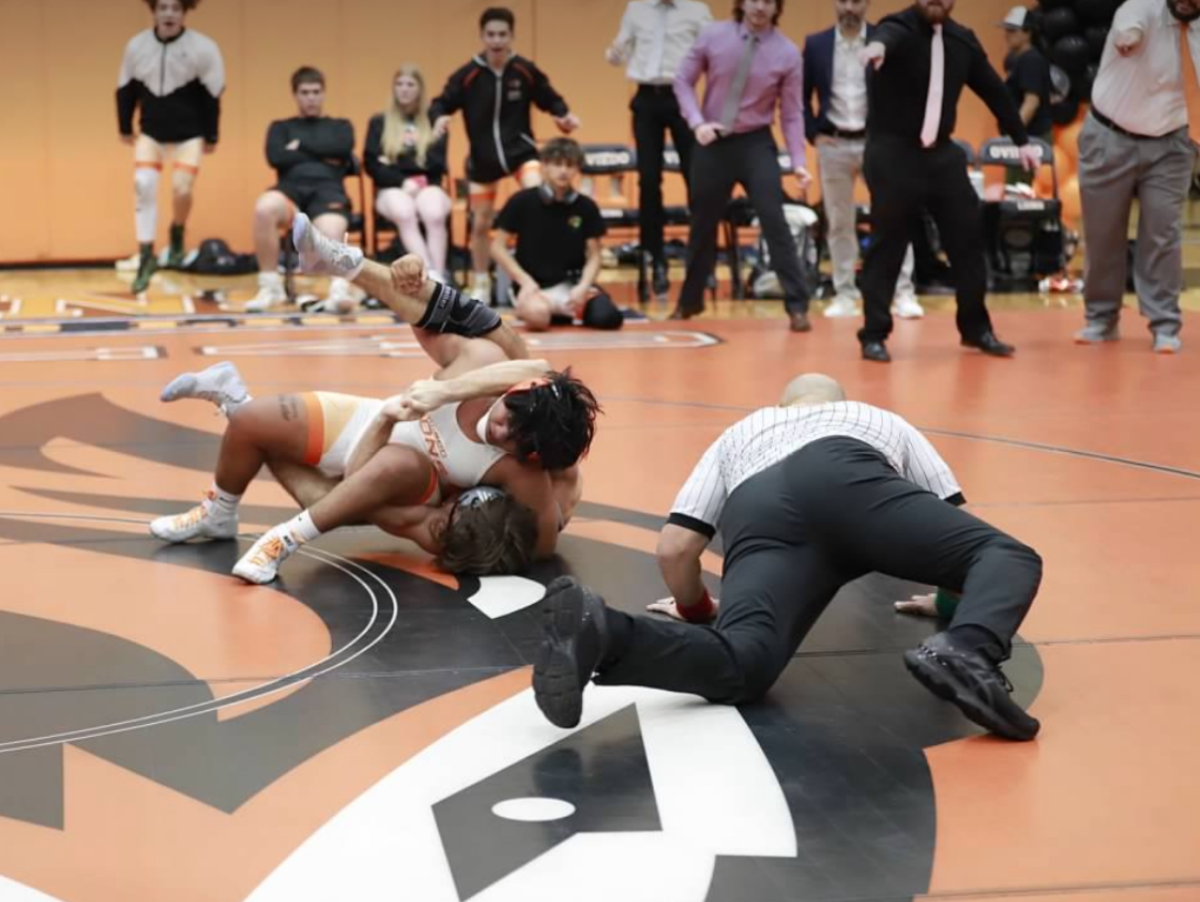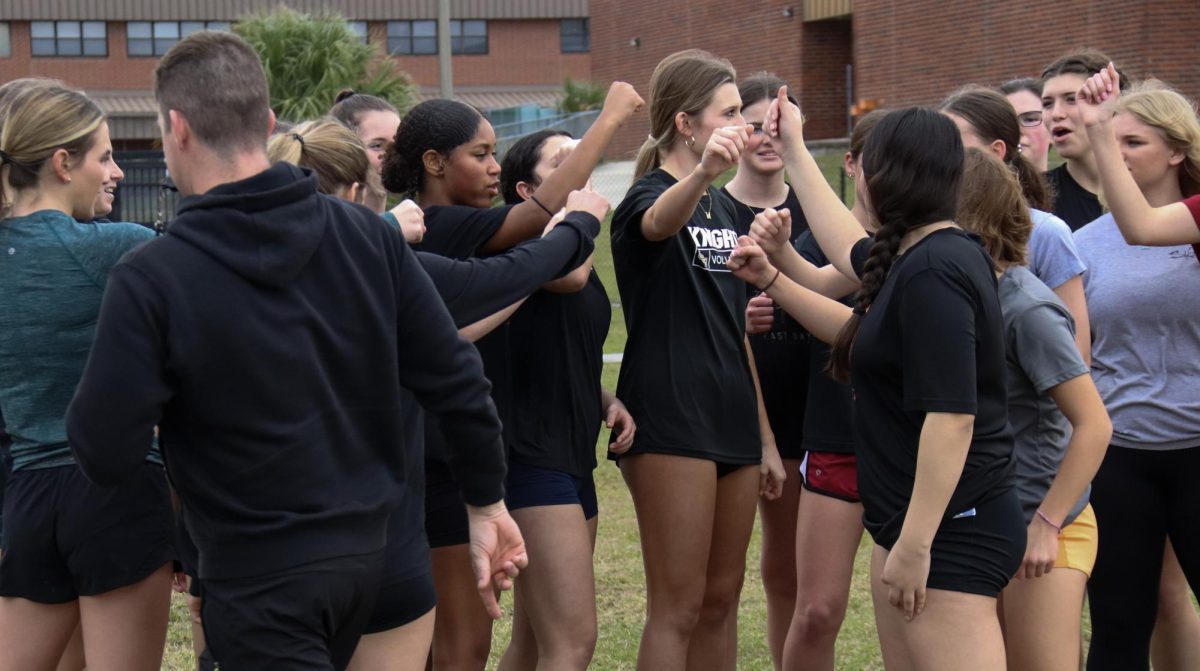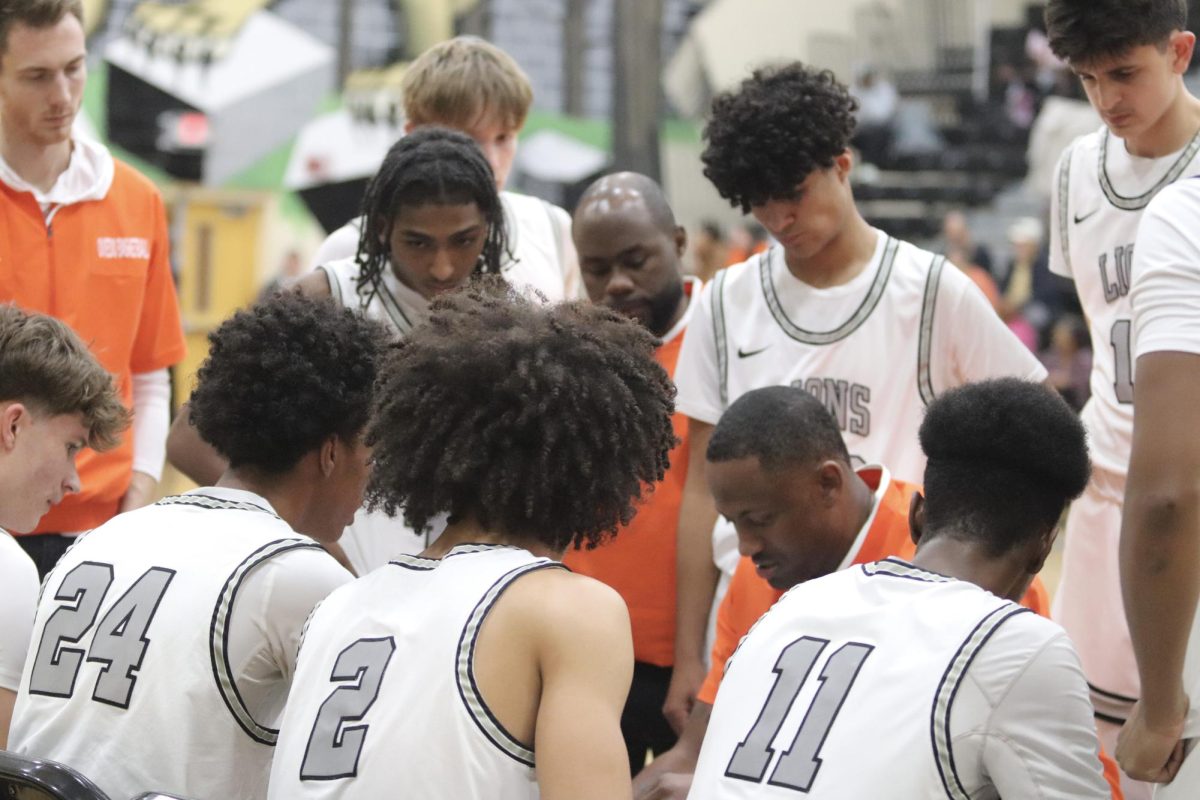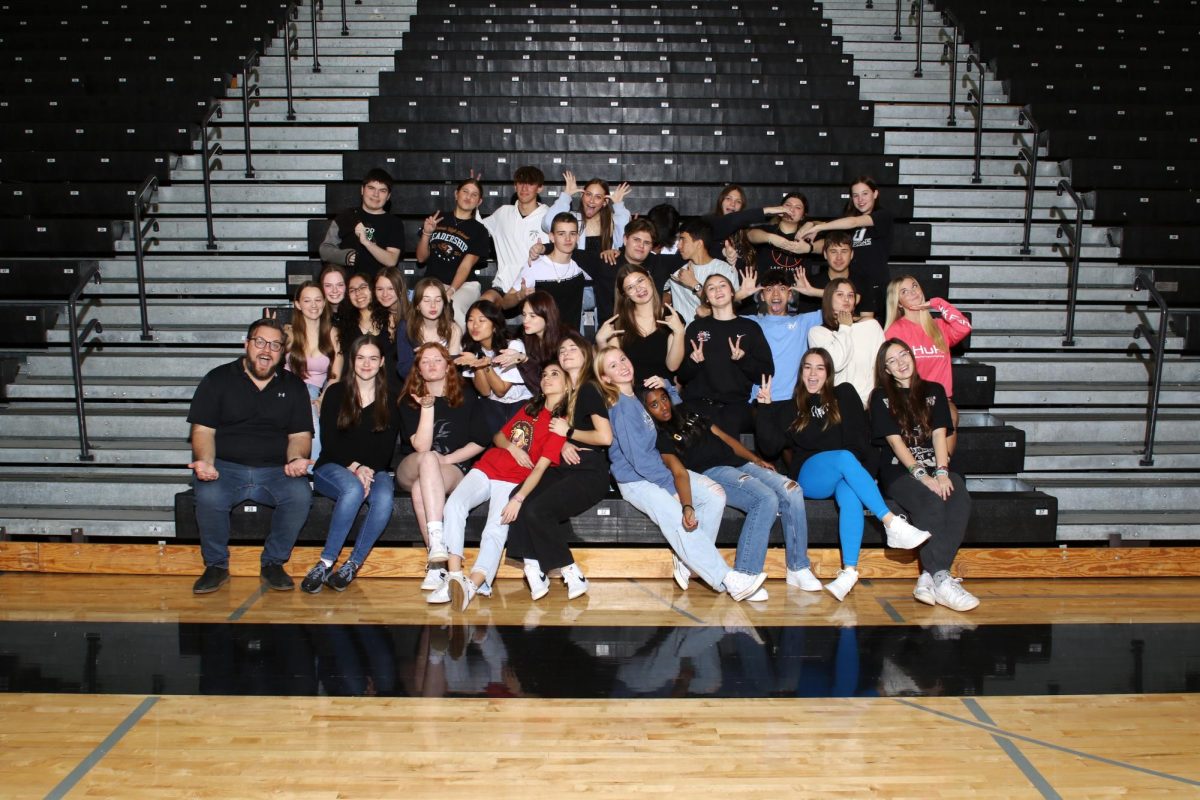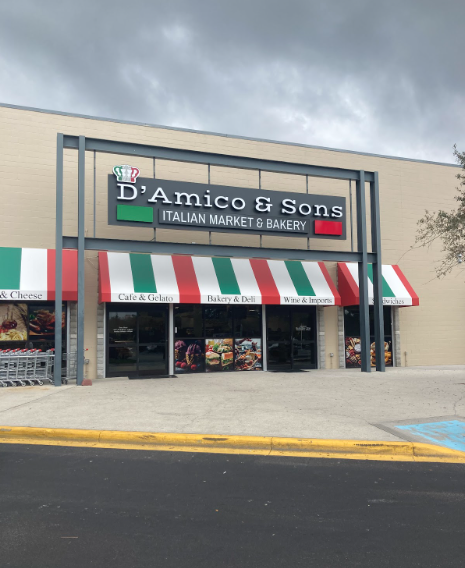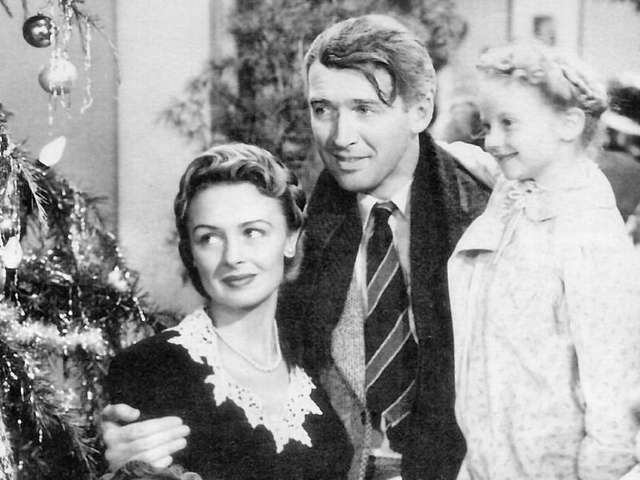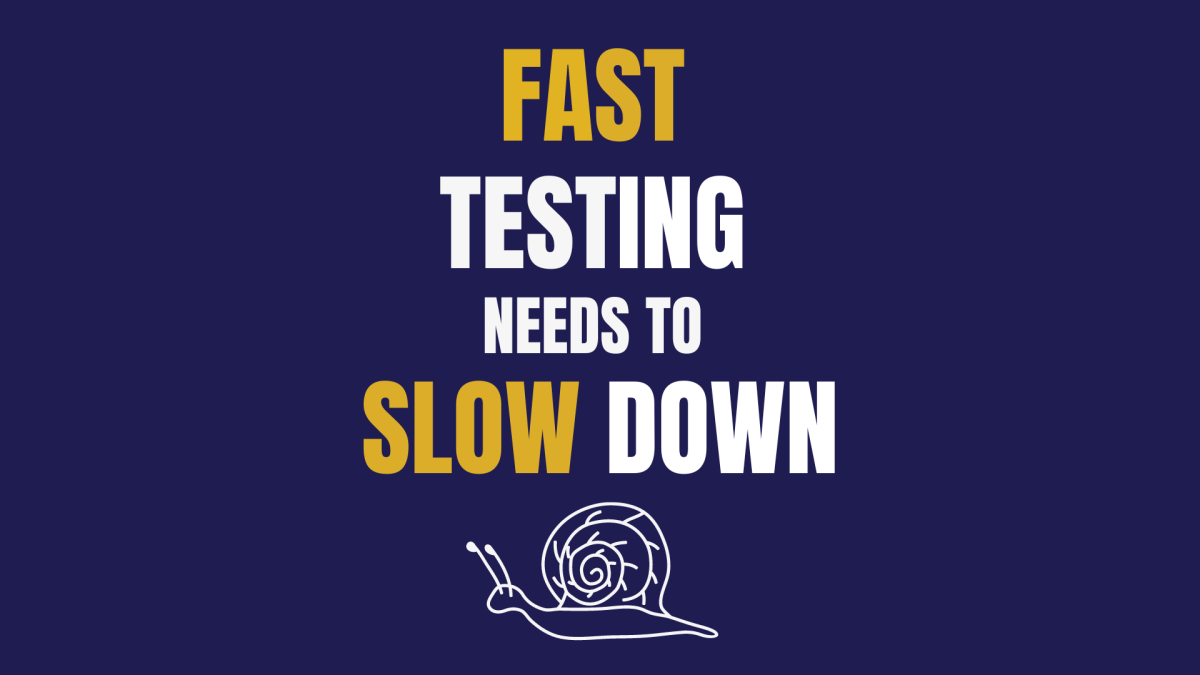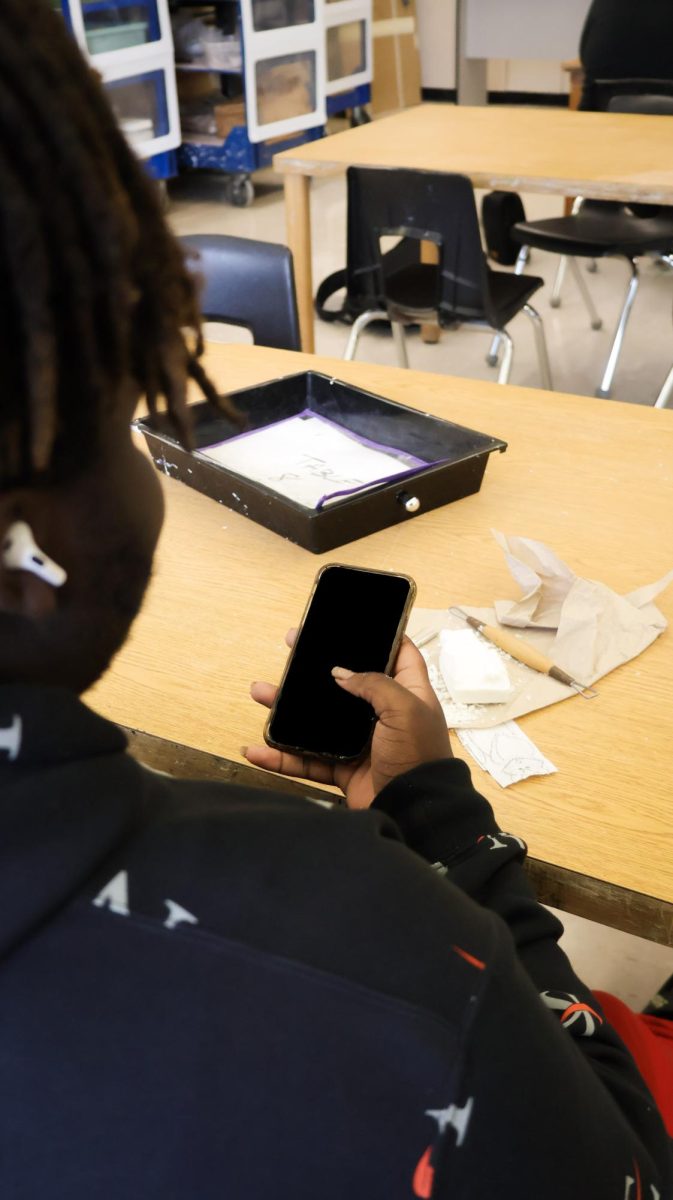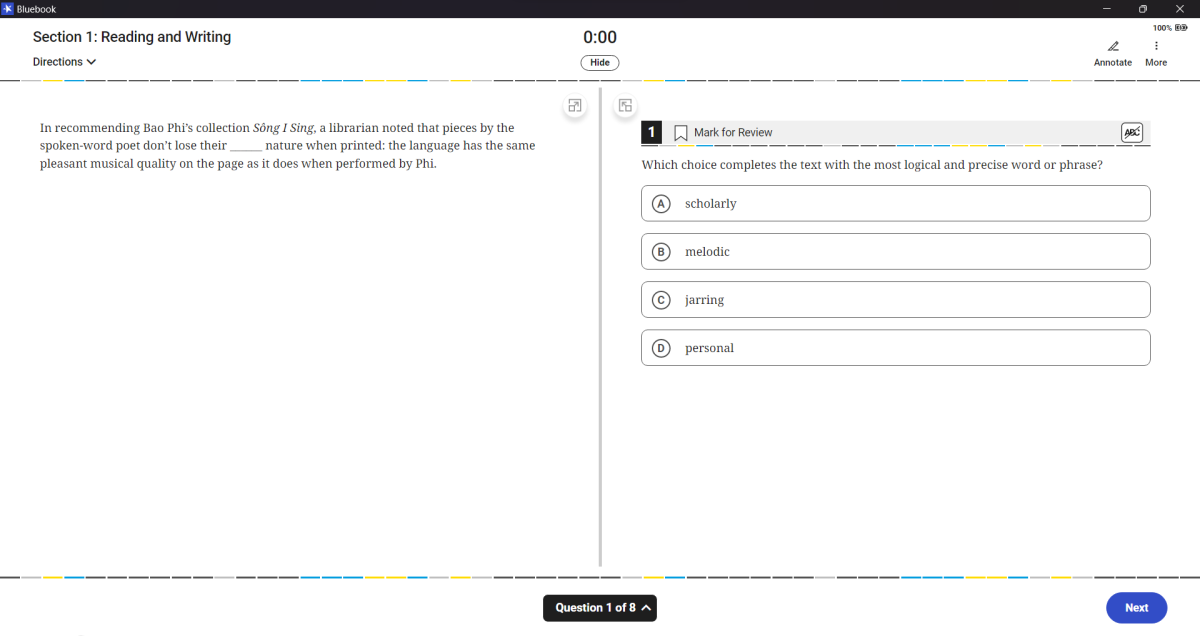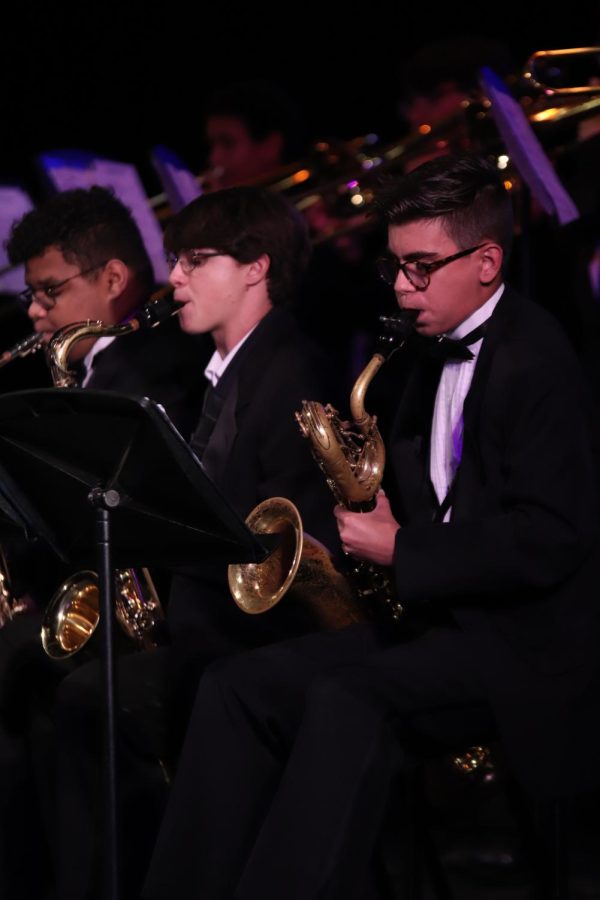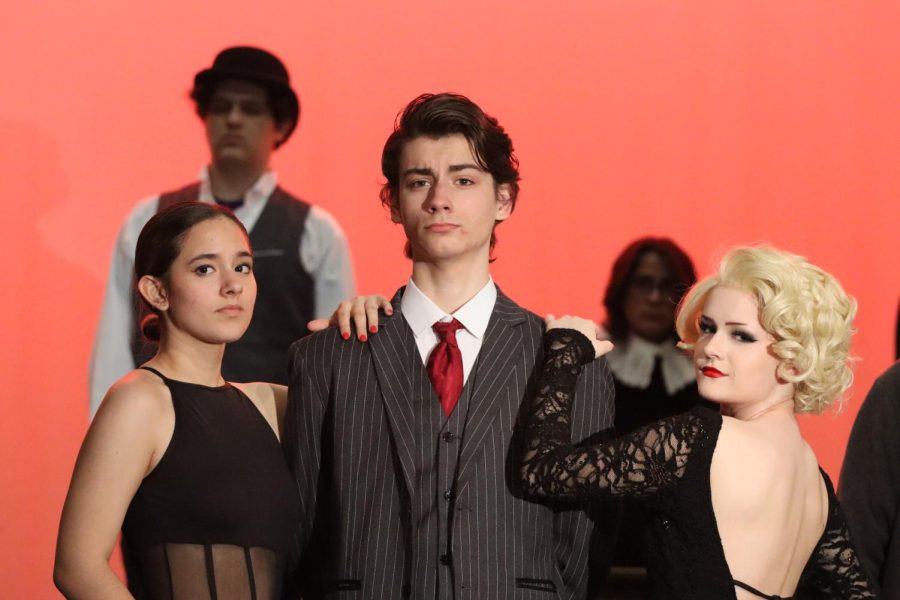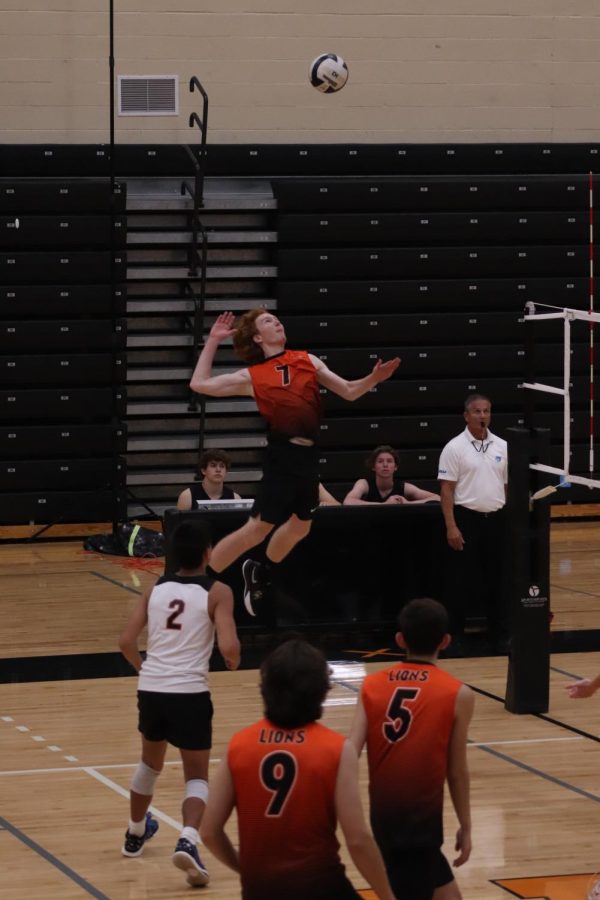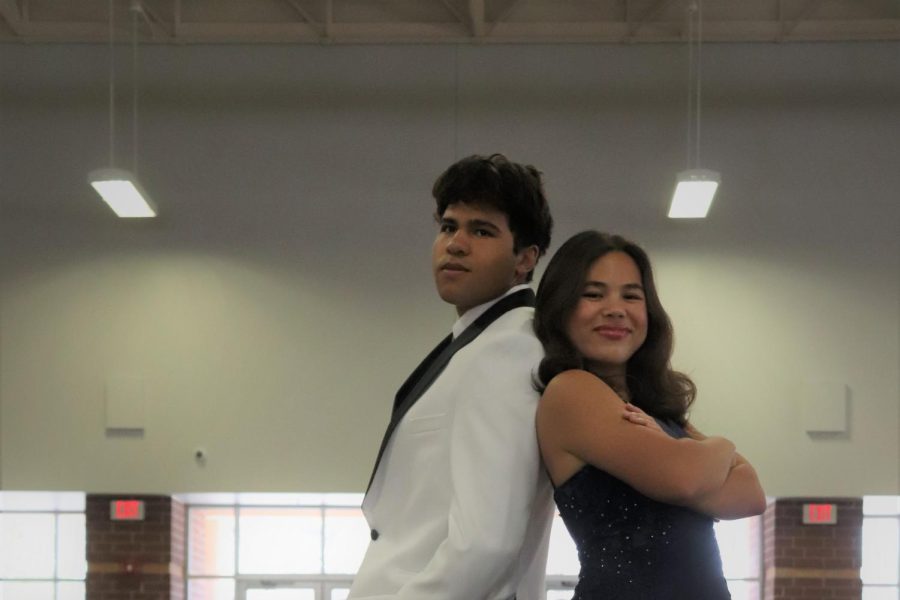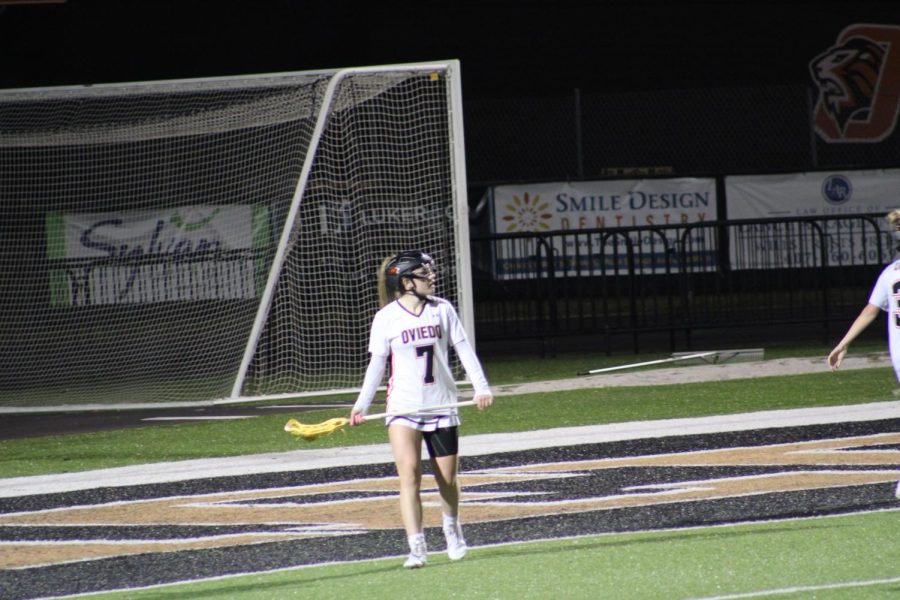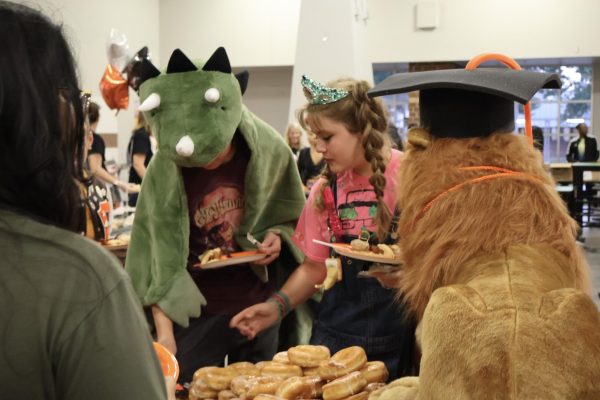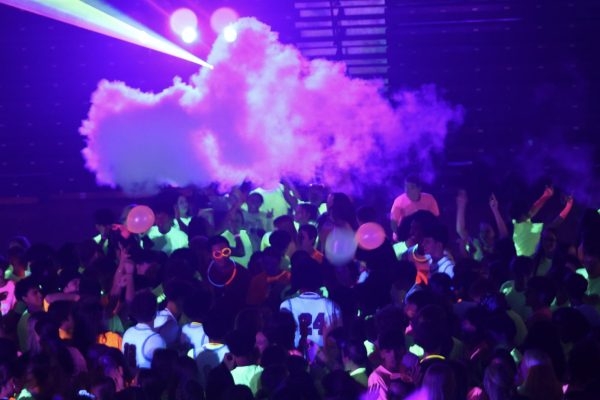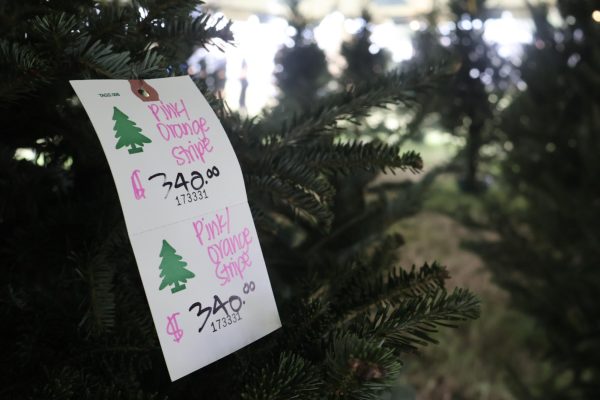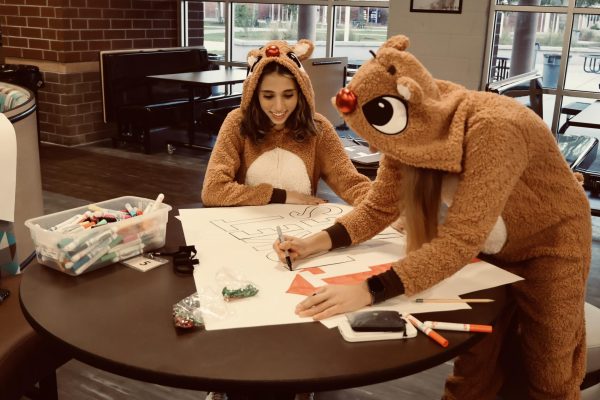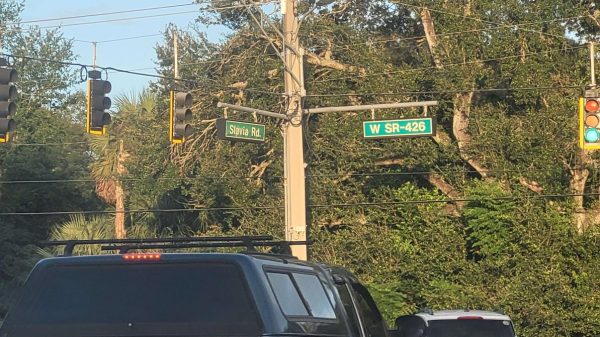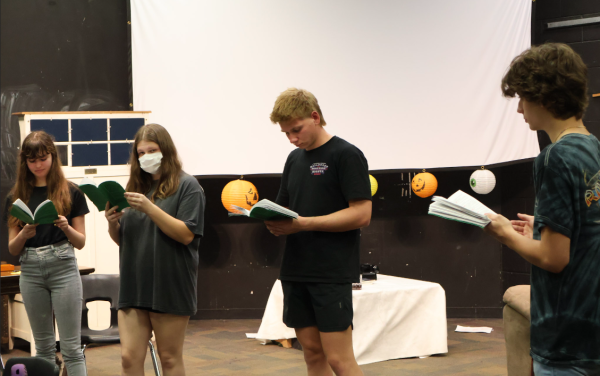Second officer joins campus safety efforts
This story was originally published in the first edition of The Lion’s Tale (September 18,2018)
At the onset of the new school year, students returned to a changed campus. Events over the previous year at other schools impacted the way district leadership viewed security.
“In [consideration] of recent events, legislation mandates that there should be one [school resource] officer for every 1,000 students,” said School Safety Officer Michalann Thompson. “When I first came to this school, there were 3,100 students. I was the only officer.”
After a deadly mass shooting at Marjory Stoneman Douglas High School in Feb. 2018, measures like these have been put in place in schools, districts and states across the country.
Students have felt fearful about school safety.
“I know that last year, even in middle school, we kind of felt like there was more that could be done,” said freshman Camila Torres. “We didn’t really feel…safe.”
Torres and sophomore Anila Bhusam support the addition of a second officer.
“I think that having two officers at school will make it harder for people who are not supposed to be at school to get in,” Bhusam said. “They’ll make sure the school is more secure, so that people can’t just walk in.”
Last year, the presence of an intruder on campus after school alarmed many school leaders. Calculus teacher and football coach John Rondone has adapted his approach to activities because of the recent events.
“There have been a lot of security precautions I’ve had to take as a coach after school,“ Rondone said. “These are my kids, you know. And as a teacher, there are things you have to do to take responsibility for all your students.”
School Safety Officer Karriem David joined OHS this year after being a school safety officer at Lawton Elementary school.
“It’s definitely a lot different from elementary school,” David said. “There are a lot more students, a lot more stuff going on. There’s also the fact that most of the students have some sort of social media.”
Social media, David and Thompson said, complicates things.
“There are a lot of records to keep track of when you’re dealing with a case in high school, because there will almost always be something on social media–whether it be Twitter or Instagram or something else–to refer to,” Thompson said. “There are so many perspectives and [ambiguities] that can make a situation spiral out of control.”
Students’ role
Principal Joe Trybus emphasized the importance of reporting suspicious behavior. “See something, say something” has become a phrase plastered on posters around campus in giant, blocky print.
Yet, many students don’t know what qualifies as suspicious behavior.
“I’ve never used it,” said senior Angela Snell. “I mean, I don’t know if I’ve ever seen suspicious behavior.”
Guidelines about this are not easily accessible, making it hard to distinguish between benign comments and consistently disturbing threats.
“I think everyone has a part to play in making the school safe,” Snell said. “If all the teachers and administrators work really hard for school safety, but if the students don’t do anything, it’s not really going to work out well. We have to be informed.”
Thompson and David cite student-opened doors as a major safety risk.
“When you prop doors open–maybe to let your friend in, or even if you open doors for random people stuck outside–you’re increasing the chance of someone we don’t know coming in,” Thompson said.
David agreed that keeping doors closed is important.
“If you need to come into the school, go through the front office or ask one of the security guards or officers walking around to let you in,” David said.
Thompson said that safety is everyone’s job–including students’.
“We could secure, and secure and secure all day, and someone could just prop the door open,” Thompson said.
Your donation will support the student journalists of Oviedo High School. Your contribution will allow us to purchase equipment and cover our annual website hosting and printing costs. Thank you!

